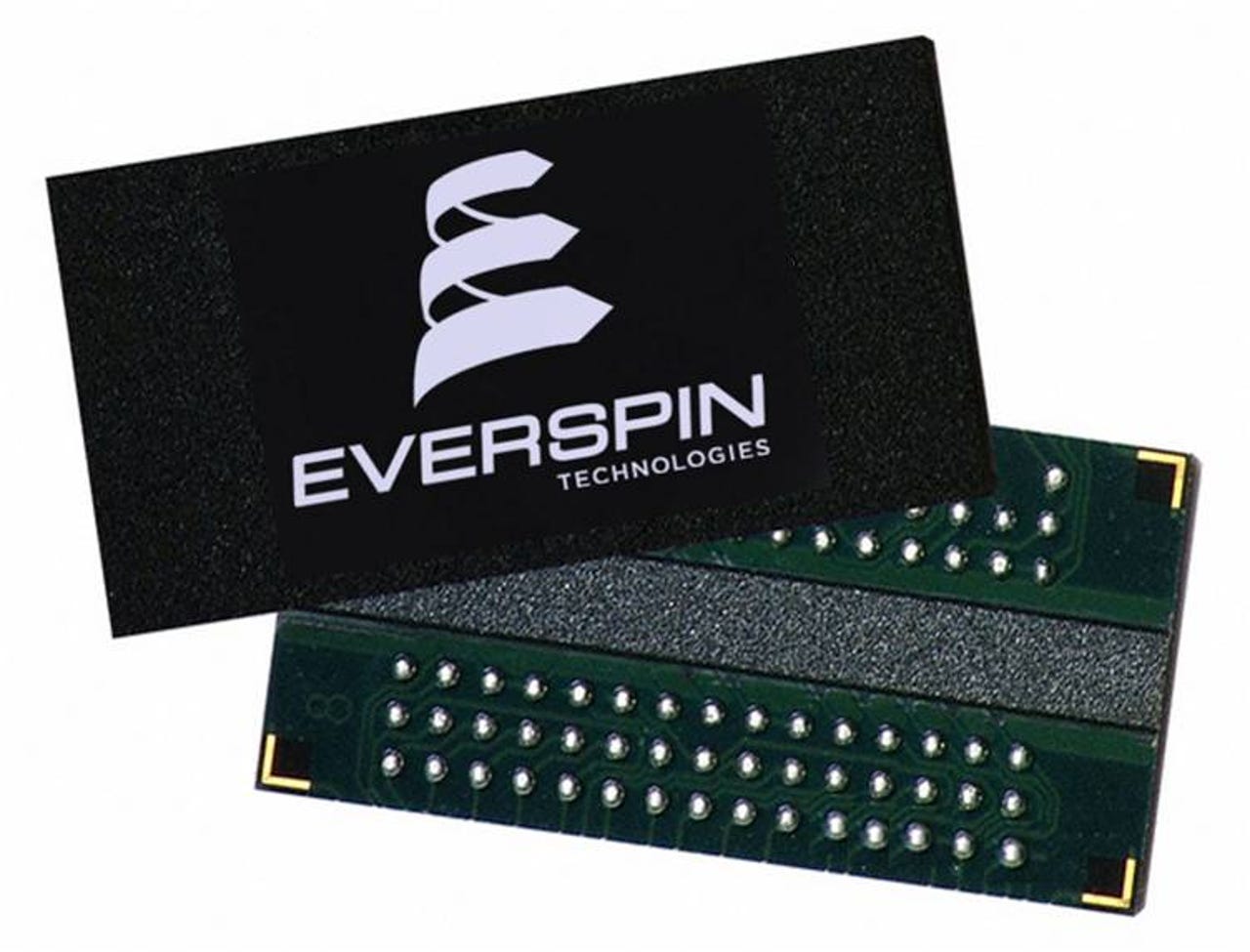Everspin's MRAM shoots for the NVM crown


Everspin, the magnetic random access memory (MRAM) company, is forging ahead. They started shipping product 10 years ago and now have over 500 customers, so this is real technology, not a slide deck.
MRAM's key advantages are:
- DDR RAM write latency - much faster than 3D XPoint and much, much faster than flash.
- Endurance that is much higher than flash and 3D XPoint.
- Byte addressable, like DRAM and unlike flash.
- Can replace DRAM on DIMMs - no need for complex controllers for wear leveling and garbage collection.
- The latest MRAM gen is built on a simple 3-layer process, which means that it could, at high volumes, be cheaper than DRAM.
special feature
IBM used MRAM in their Open Power summit demo of Storage Class Memory. Today it is most used where you can't see it, as a fast NVM buffer in controllers and other embedded applications.
Why MRAM hasn't killed DRAM
A couple of reasons. The technology is still maturing - DRAM is 50 years old, while flash is 30 years old - so cost per bit is much higher than DRAM.
MRAM density is also lower than DRAM today. Everspin will be sampling 1Gb chips later this year, while DDR4 DRAM is at 8Gb today. Today's MRAM is built on a fully depreciated 40nm process, so there's lots of room for density improvement.
The Storage Bits take
As I've noted before, NVM will be a much bigger deal than flash SSDs ever will be. With major players like Microsoft jumping in to support NVM, the question is when, not if.
NVM technology is still a horse race, with different NVMs offering different speeds, endurance, power and cost. Intel is pushing 3D XPoint hard because the potential market is huge: not just memory, but system upgrades as well.
Besides Everspin and Intel, there's Adesto Technologies with a type of resistive RAM, and Crossbar also has promising technology.
Not only are the benefits of NVM enormous, the fact that there are several competing technologies makes this a rare event: a competitive horse-race for a huge market. That's fun!
And no matter how it turns out, we'll all benefit from faster and more reliable systems.
Comments welcome!